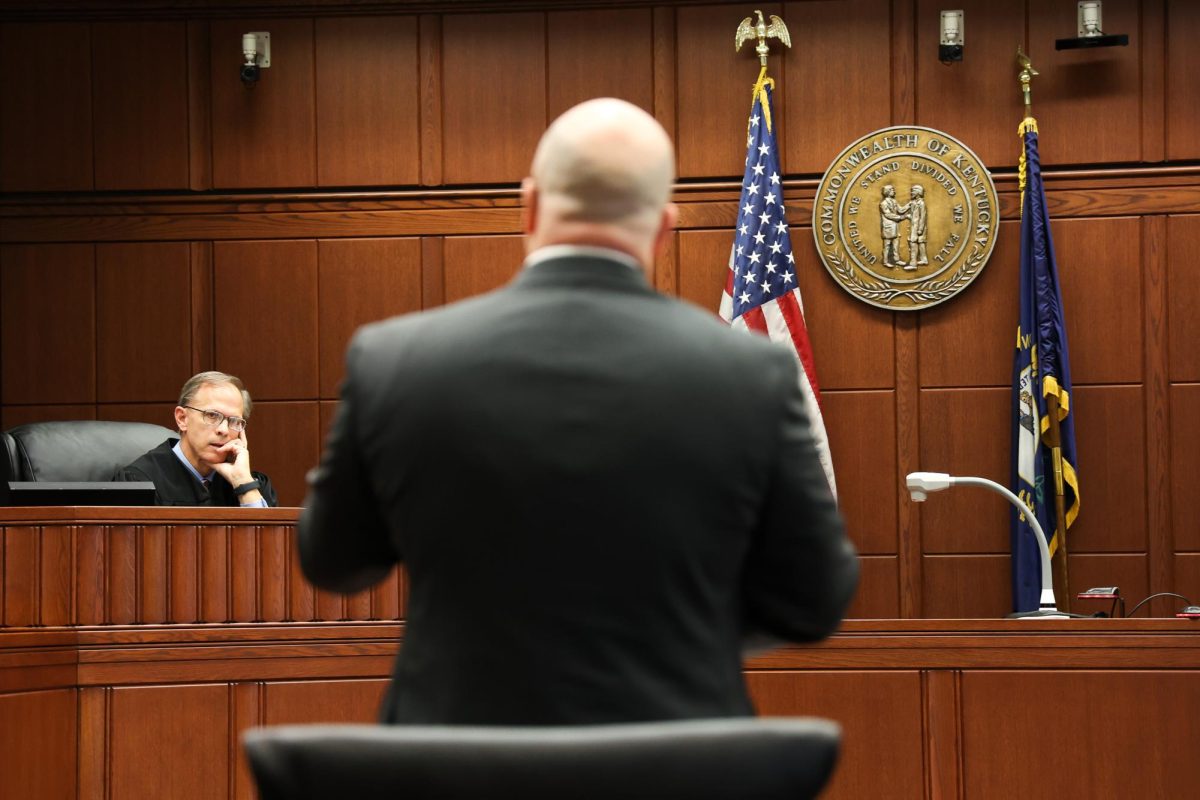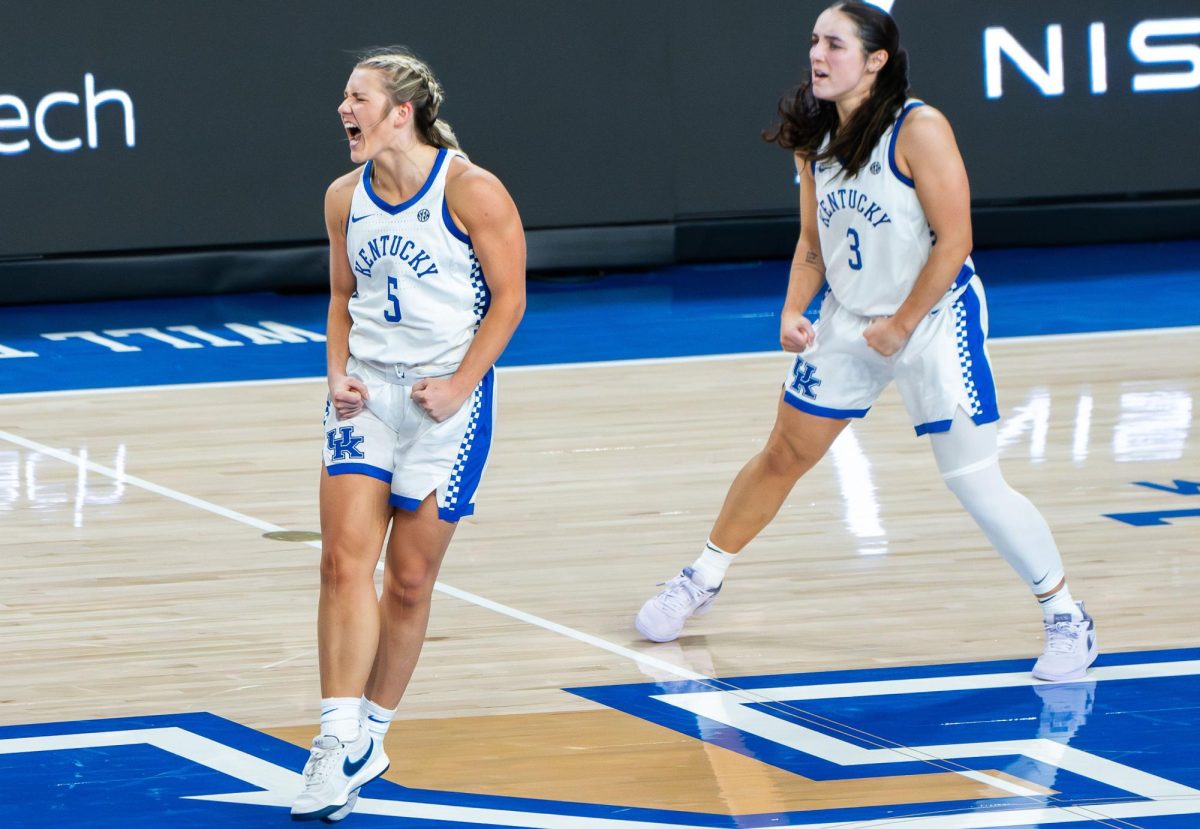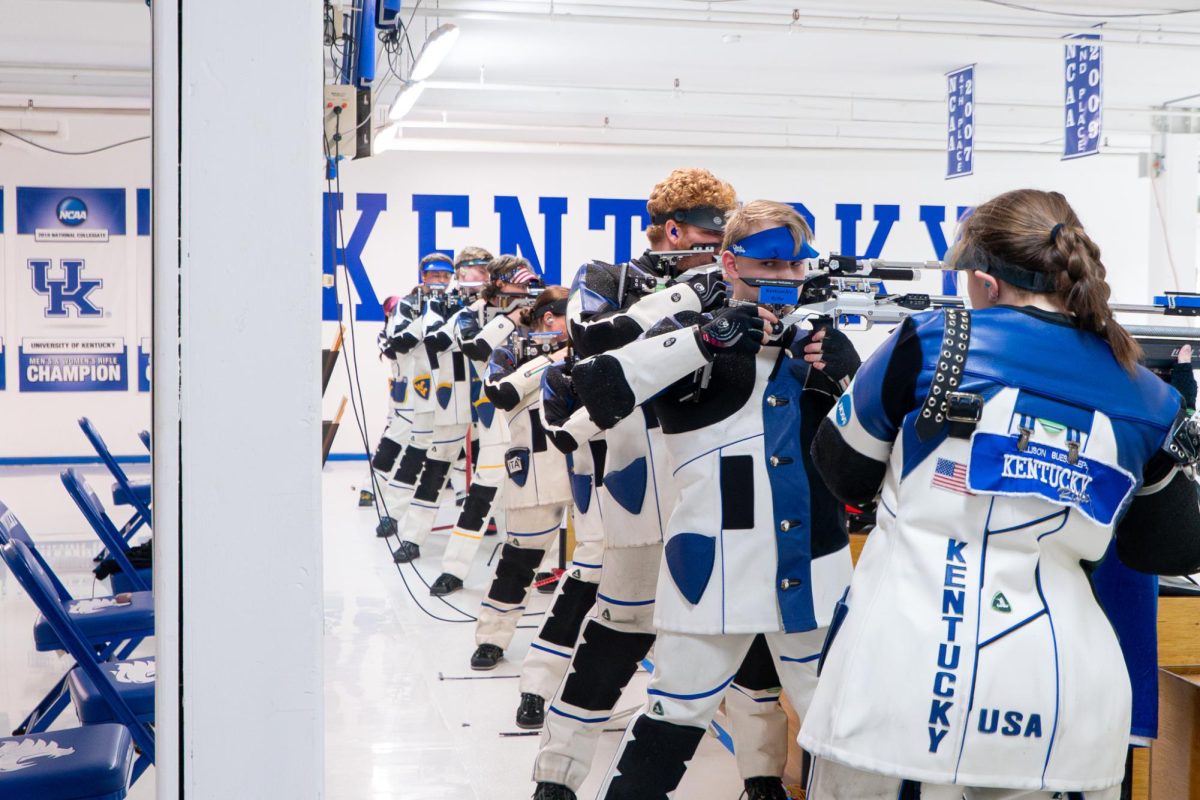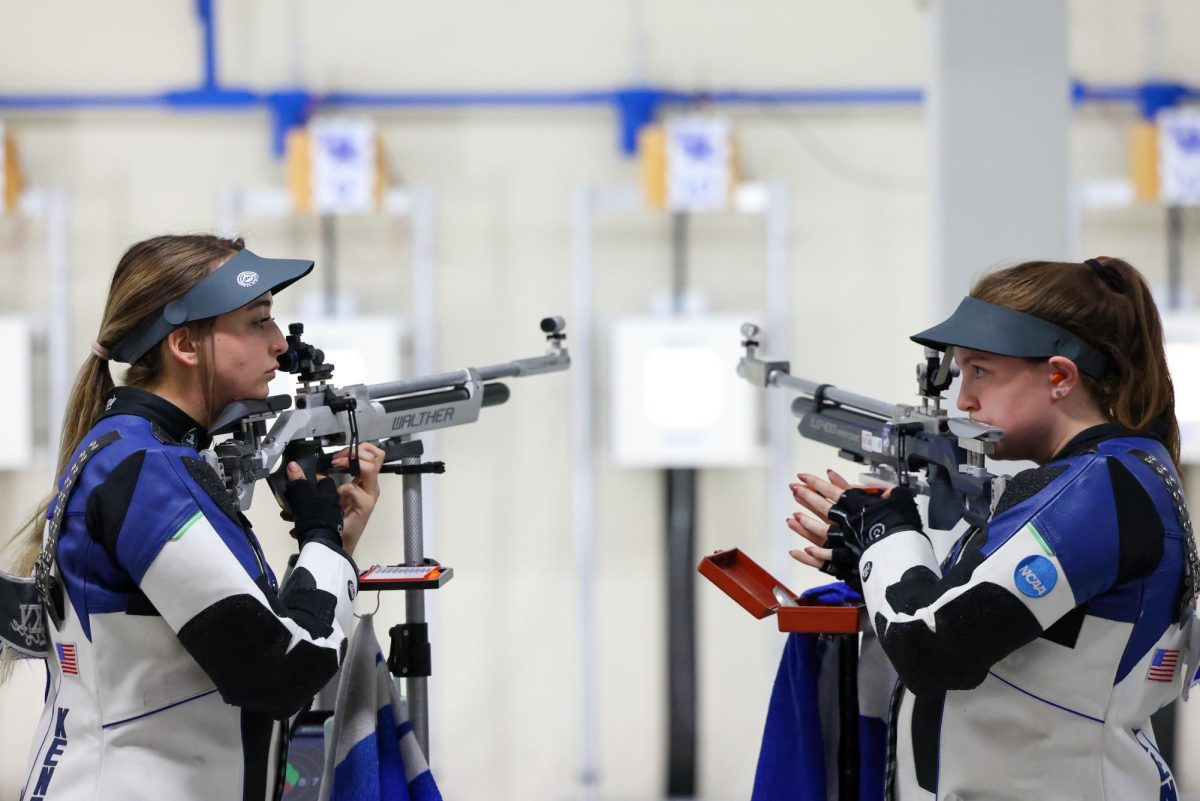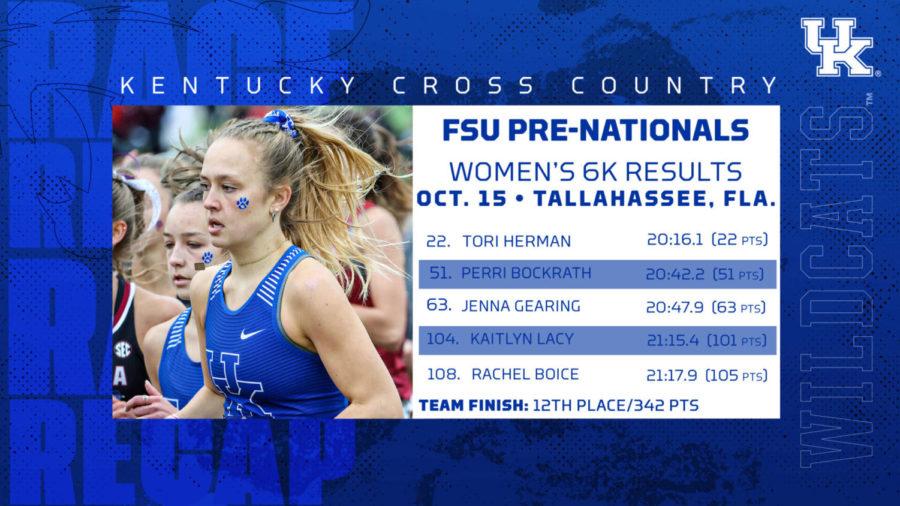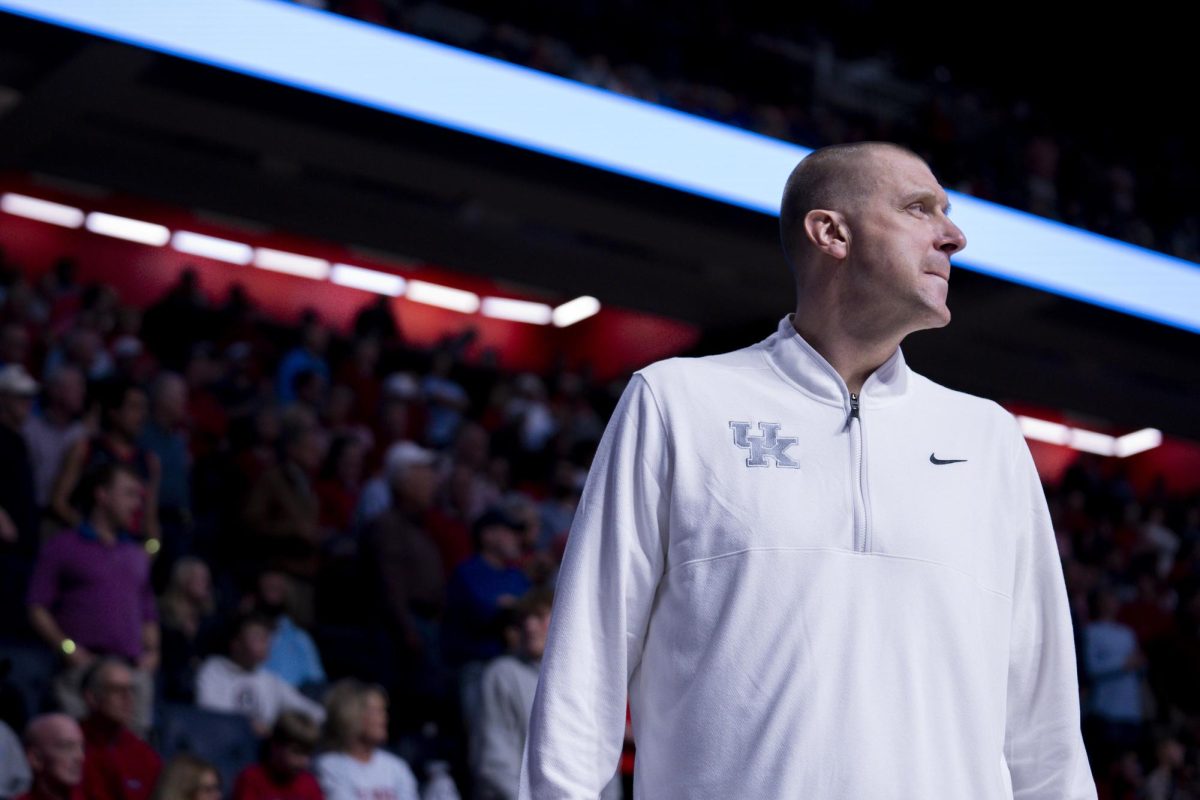Creative writing in the ordinary life
November 2, 2022
There are cameras and pencils everywhere. At every corner, a different angle of your face is captured. At each corner, another chapter of your journey is narrated.
When I put my headphones on during my daily walk, that’s the character I embody. No matter how tragic the day was, listening to songs rich in storytelling and with a strong presence of creative writing is what moved me to bring this caricature to life.
It’s almost impossible not to be a mad woman while listening to the song of the same title by Taylor Swift on her iconic album “folklore.”
In fact, I believe that, without even realizing it, we are the fruits of fictional narratives that live circulating in our imagery memory.
A great example of this phenomenon is the magical, clichéd, comforting spirit of the “Gilmore Girls.”
Despite being just another series from the early 2000s, it actually represents a lifestyle of great impact until the most recent days. With its romanticized tone in its narrative, the classic “La La Las” at the beginning of each episode symbolizes my singing from the moment I listen to the soundtrack of the series during class breaks.
The autumn weather itself, with its smell almost the same as a hot coffee on a Sunday afternoon, is an example of a creative narrative, even when its climaxes are not predictable.
The fall of the leaves in this season is like the main character in the story. We can picture its aesthetic when we walk and smell the organic air full of colors from the same palette as “Gilmore Girls” or Taylor Swift’s cardigan while producing her poetic album.
As individuals influenced by what we see, hear and read, the media plays a role in interfering with our creative imagination.
Thinking back to my childhood, I can vividly remember how my daily attitudes were directly immersed in the world of Disney.
Despite being fictional productions, my passion for the stories and characters’ personalities affected my real life through this colorful and creative narrative. This led me to create romanticized images of different thematic elements commonly seen in this type of media.
To this day, with physical and mental maturity, I still romanticize a starry sky, a movie night with my best friend or a live jazz and bossa nova show at a cool coffee shop. Despite being natural or banal events, the creative spirit coming from the media speaks louder in our minds.
I believe that this is also a natural mechanism of the human essence. The act of creating is like a cultural mandate that is present throughout human history as a call for survival.
We have the need to create imaginary characters, typical in creative narratives, more interesting than ourselves. We are painters of the most colorful and innovative canvases because we are just monochromatic. We are screenwriters of what we want to see on typically gray and tasteless days.
As strange as that sounds, I like to see everyday life as a long and confusing creative writing task. I find it comforting to write in my mind simple, authentic narratives in the midst of ordinary life.
As I write this article, I still believe there are cameras and pencils everywhere. I still believe that I am the main character in my own cliché movie.
























